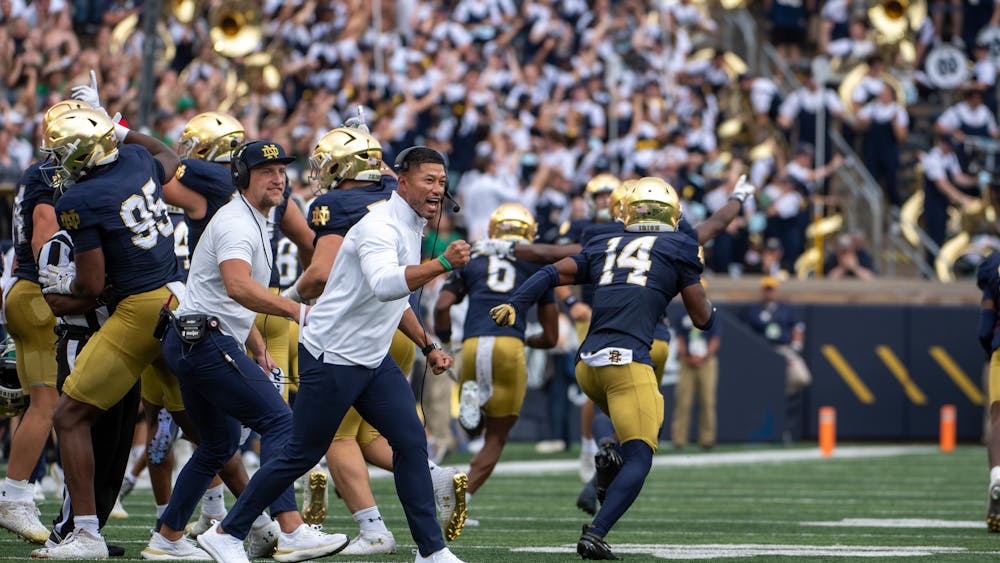In a shocking turn of events, it would seem that neither J.B. Bickerstaff nor Koby Altman read the column I wrote about their team two weeks ago. Honestly, it’s offensive. You’d think they’d appreciate my cutting-edge journalism a little bit more. But alas, here we stand on the other side of the trade deadline, the Cavs even worse off than they were before, having heeded none of the pieces of very sage and feasible advice I offered.
Overall Deadline Grade: D-
It’s hard for me to think of a way that Cleveland could have messed things up more. Let’s first think about what happened with Andre Drummond.
If you’re not aware of the situation Drummond’s been in, I’ll give you a synopsis. In February 2020, the Cavs traded combination guard Brandon Knight, center John Henson and a second-round pick to the Pistons to acquire the big man. For Cleveland, it was an absolute steal, as neither Knight nor Henson offered much productivity. But from the moment the deal happened, it seemed like it was doomed.
Drummond made an impact immediately. He started each of the 33 games he played in averaging 17.5 points, 12.9 boards, 2.4 assists and 1.2 blocks. He was a breath of fresh air to a team that was directionless and dragging. But in February of this year, Altman decided to bench the two-time NBA All-Star center, citing that the franchise would move towards Jarrett Allen, a big man out of Texas whom the Cavs acquired in mid-January. Altman expressed that he felt it unfair to keep Drummond around just to make him ride the bench. In the meantime, Drummond’s $28.7 million contract hung in the balance. And before you ask, the answer is no, Cleveland cannot afford to spend that much money on benchwarmers.
So, with a month between that decision and the trade deadline, the Cavs twiddled their thumbs, unable to find a trade they could agree upon despite the myriad suitors — like the Mavericks, the Hornets, the Knicks, the Celtics and the Lakers — interested in Drummond. I’ll let that front office situation speak for itself.
Unwilling to let Drummond continue to wear the Wine and God, Cleveland bought him out on March 26, and he inked a contract with Los Angeles not 48 hours later.
A few things to say about this. Yes, it wouldn’t have been wise to keep Drummond around if he wasn’t going to play and/or wasn’t going to be happy. Getting him away from the Cavs, all things considered, made some strange sort of sense. But a month to find a trade and no dice, despite such high levels of interest? Cleveland dropped the ball badly, forced to buy out a contract when they could have gotten some tangible offensive assets in exchange for Drummond. Sure, his contract was a cumbersome one, but it feels like the Cavs, struggling as they are, should have been able to at least work something out. But alas, as has happened in the past, all good things in Cleveland fly southwest to LAX for the NBA winter.
In addition to the ordeal with Drummond, the Cavs offloaded another center before the deadline, trading JaVale McGee to the Nuggets for center Isaiah Hartenstein and two second-round picks. With a $4.2 million expiring contract, McGee was picked up by Cleveland in November in the hopes of providing some leadership to a fragmented locker room. He was never a long-term Cav, but he provided some good minutes and experience to a very young team. And Cleveland, anticipating that they’d only get one future pick for him, managed to get two, a success that’s pretty notable. The trade was easier for the Cavs to make because of McGee’s low salary, but it does replace 12 years and three NBA Championships worth of experience with a 7-foot 22-year-old who may not pan out. That’s tough. Especially given that McGee now believes he can help lead Denver to a championship this season.
So the Cavs, 13th in the East Conference, 17-30, 15.1 games back, just gave away a two-time All-Star and a three-time NBA Champion essentially in exchange for three second-round picks. It doesn’t take Woj to point out that things have gone from bad to worse in Cleveland. I grade these moves a D- and not an F only because McGee was traded for some firepower. Regardless, it seems that the post-LeBron rebuild timeline just continues to extend.
So for now, we’ll fall back on what feels like the constant refrain for Northeast Ohio sport — there’s always next year.
Read More
Trending









